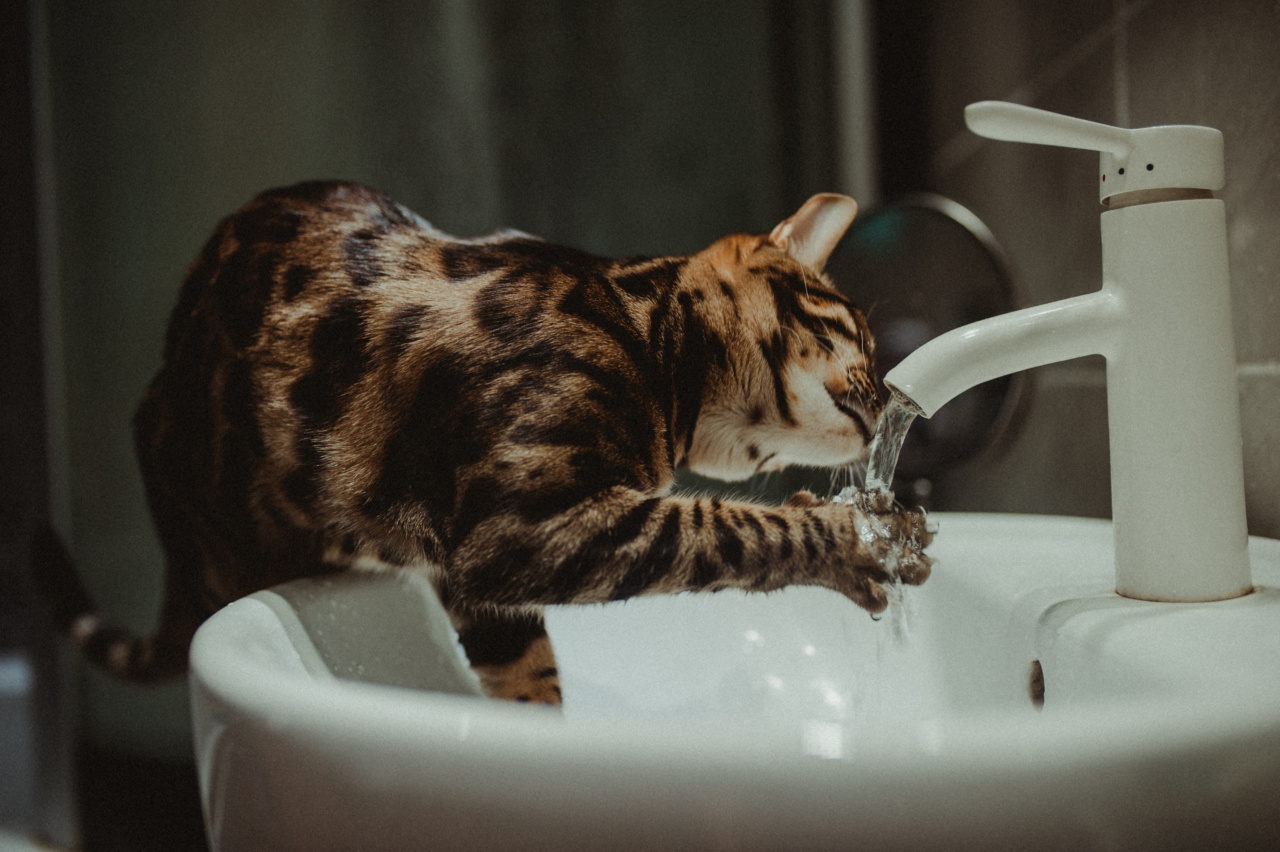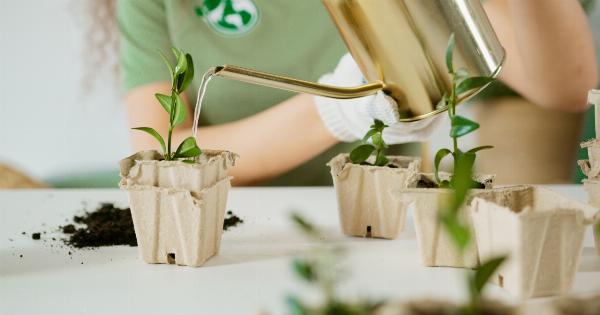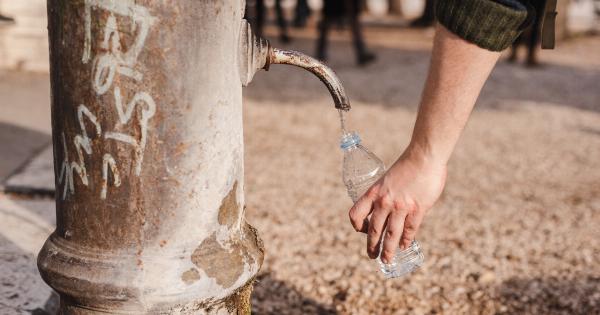Water is essential to our survival, and in most developed countries, clean drinking water is easily accessible from the tap. But is tap water really safe to drink?.
In this article, we will explore factors that affect the safety of tap water and what you can do to ensure the water coming out of your faucet is safe to drink.
Contaminants in tap water
Tap water can become contaminated in many ways, such as pollution from agriculture, industrial waste, and human activity. Heavy metals, pesticides, and other chemicals can enter the water supply through runoff from fields and factories.
Additionally, older pipes that transport water to homes can also contaminate the water supply, particularly if they contain lead.
Bacterial and viral infections are also a risk with untreated water. Giardia, cryptosporidium, legionella and other bacteria are occasionally found in water and can be responsible for outbreaks of illness.
To ensure that tap water is safe to drink it is important to follow some guidelines as follows:.
Boil before use
One of the simplest ways to ensure that tap water is safe to drink is to boil it before use. Boiling will kill most bacteria and viruses, making the water safe to drink.
Use a water filter
A water filter is an effective and convenient way to remove impurities from tap water that you may not even be able to see. A water filter can remove bacteria, viruses, harmful chemicals, heavy metals, and even cryptosporidium and giardia.
There are several types of water filters, including pitcher filters, faucet-mounted filters, and whole-house filters. The type of filter you choose will depend on your needs and budget.
Test your tap water for contaminants
If you’re concerned about the safety of your tap water, you can request water quality reports from your local water provider. These reports will show you the levels of contaminants found in your water, including lead and other heavy metals.
Get your pipes tested for lead
If you live in an older home, your pipes may contain lead. This means that lead can leach into your water supply, making it unsafe to drink. To ensure the safety of your tap water, you can have your pipes tested for lead.
Use a water softener
Water softeners are designed to remove hard minerals, such as calcium and magnesium, from water. While these minerals are not harmful, they can leave deposits on plumbing fixtures, making them less effective over time.
By removing these minerals, water softeners can help to extend the life of your plumbing fixtures and appliances. Additionally, soft water is more effective at cleaning, and can even improve the taste of your tap water.
Conclusion
Taking steps to ensure the safety of your tap water is important for your health and well-being.
By boiling your water, using a water filter, testing your tap water for contaminants, getting your pipes tested for lead, and using a water softener, you can ensure that your tap water is safe to drink.
Remember, even if you think your tap water is safe, it’s always a good idea to take precautions. The water coming out of your faucet may contain contaminants that you can’t see, taste, or smell.
So, be proactive about your water quality, and always err on the side of caution.




























